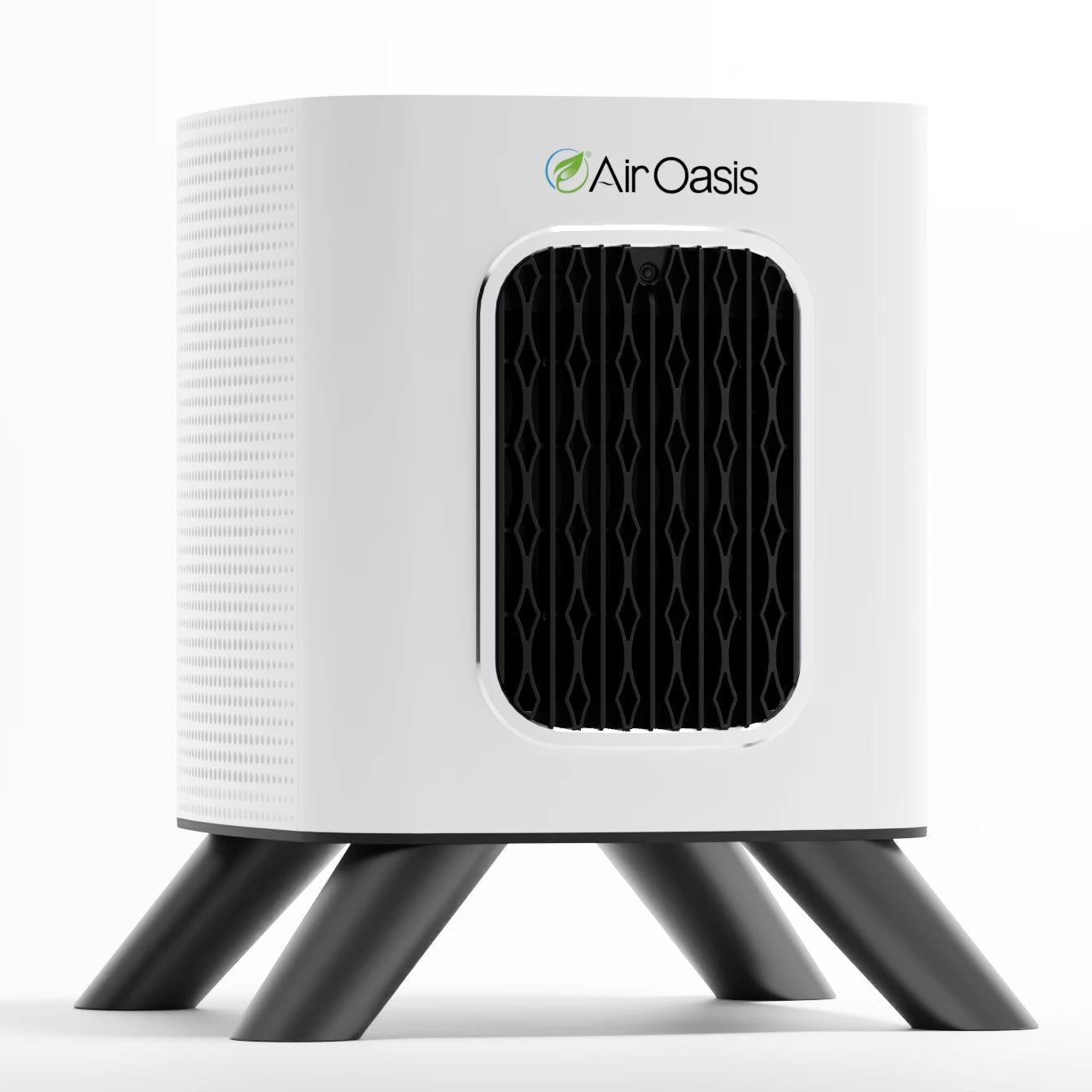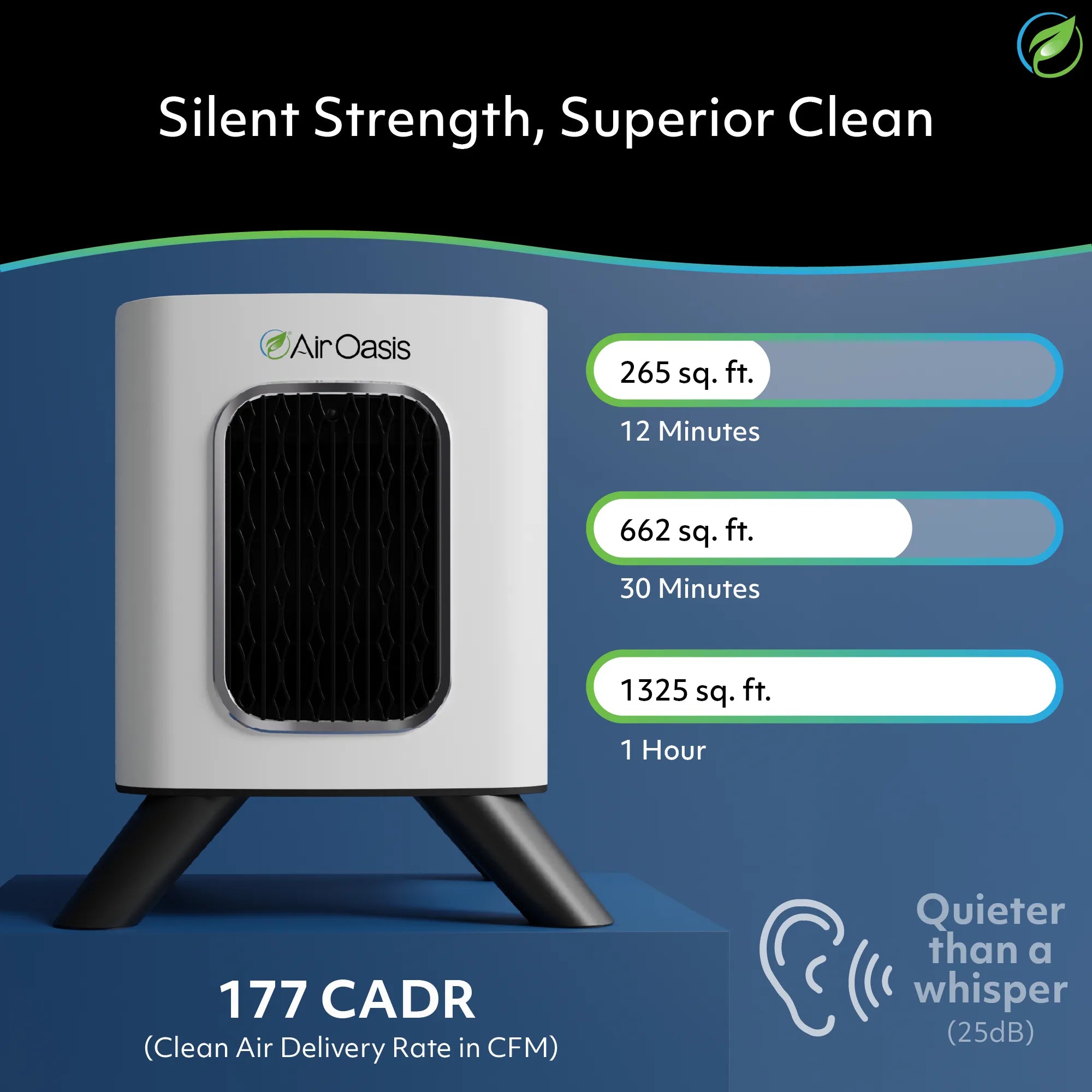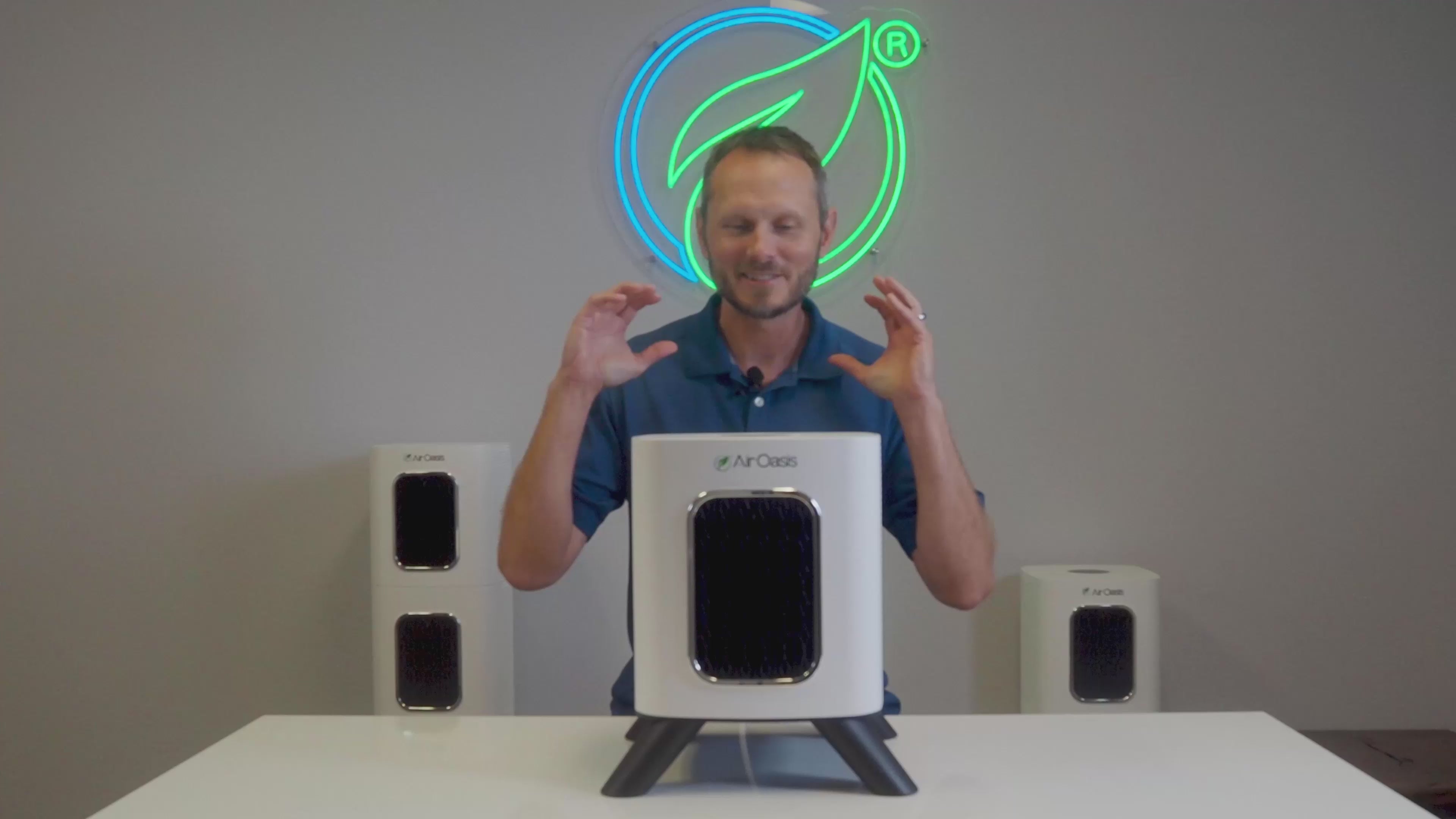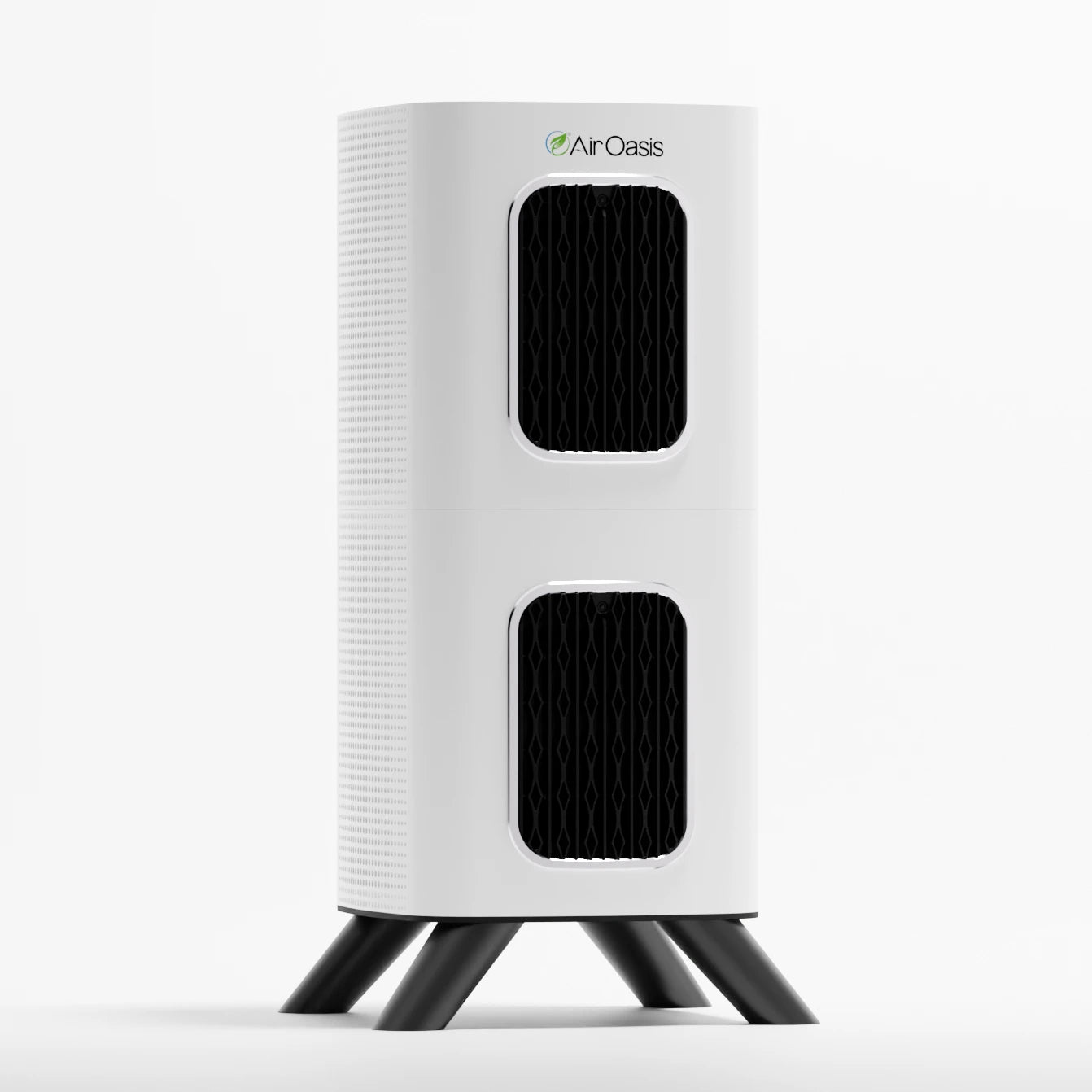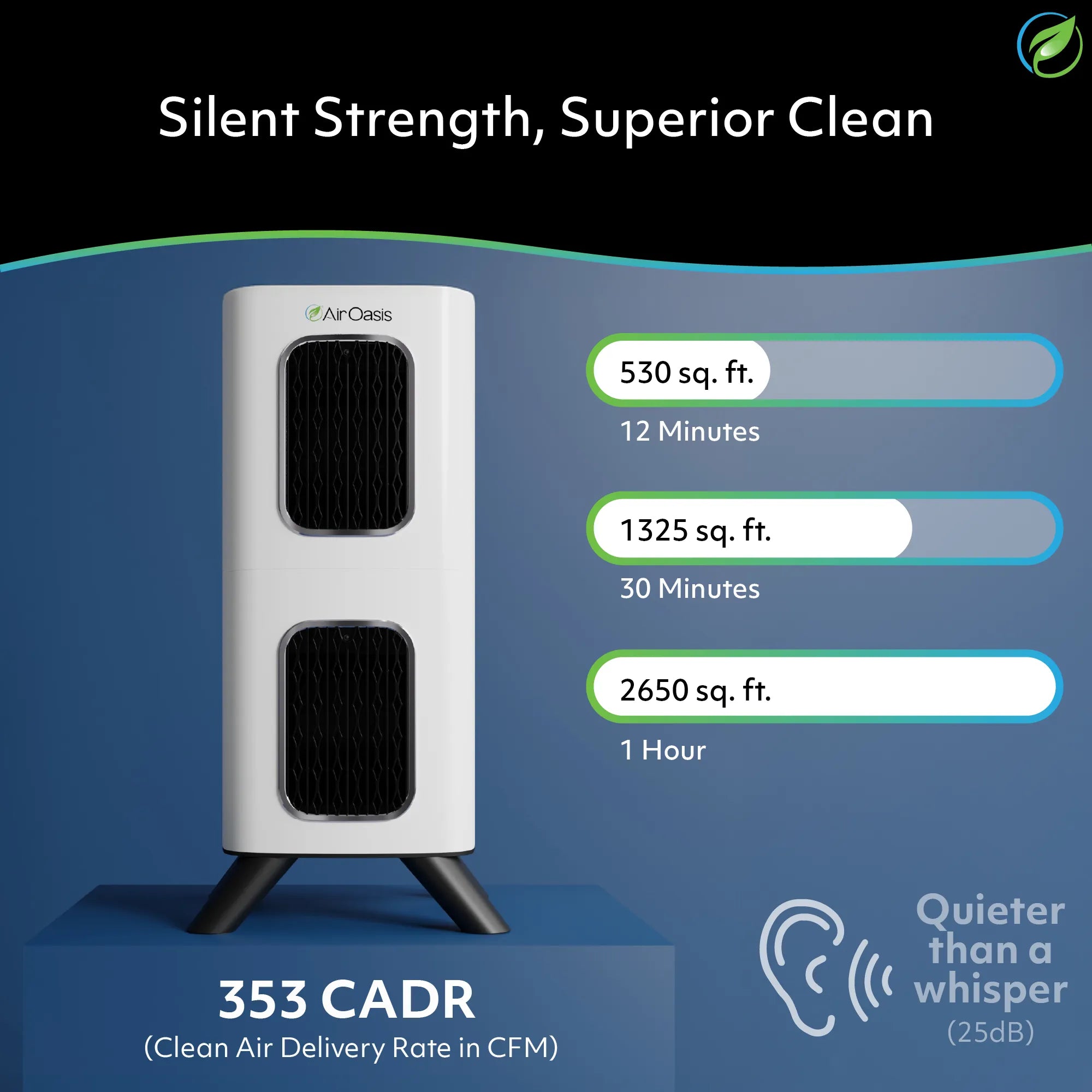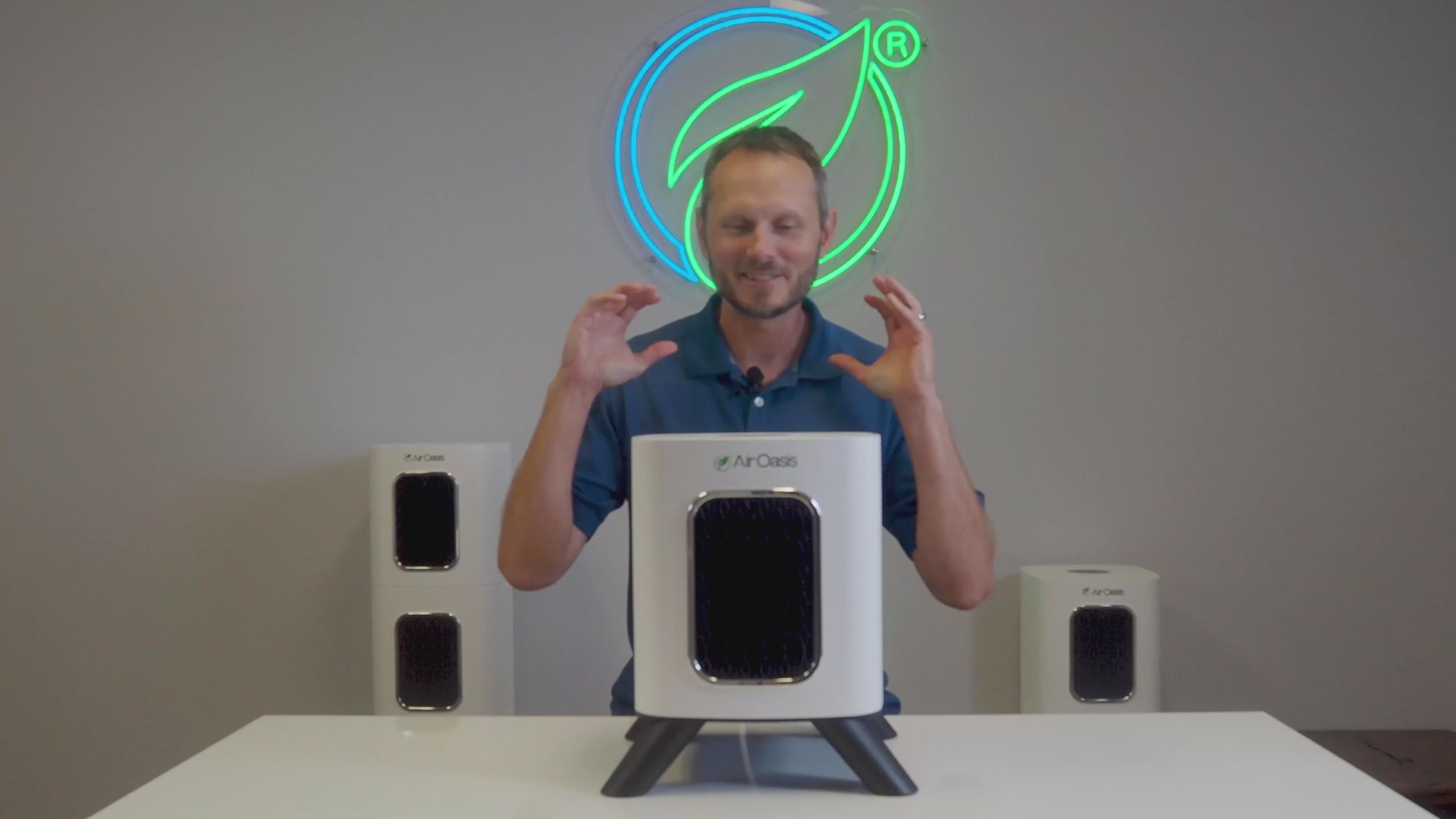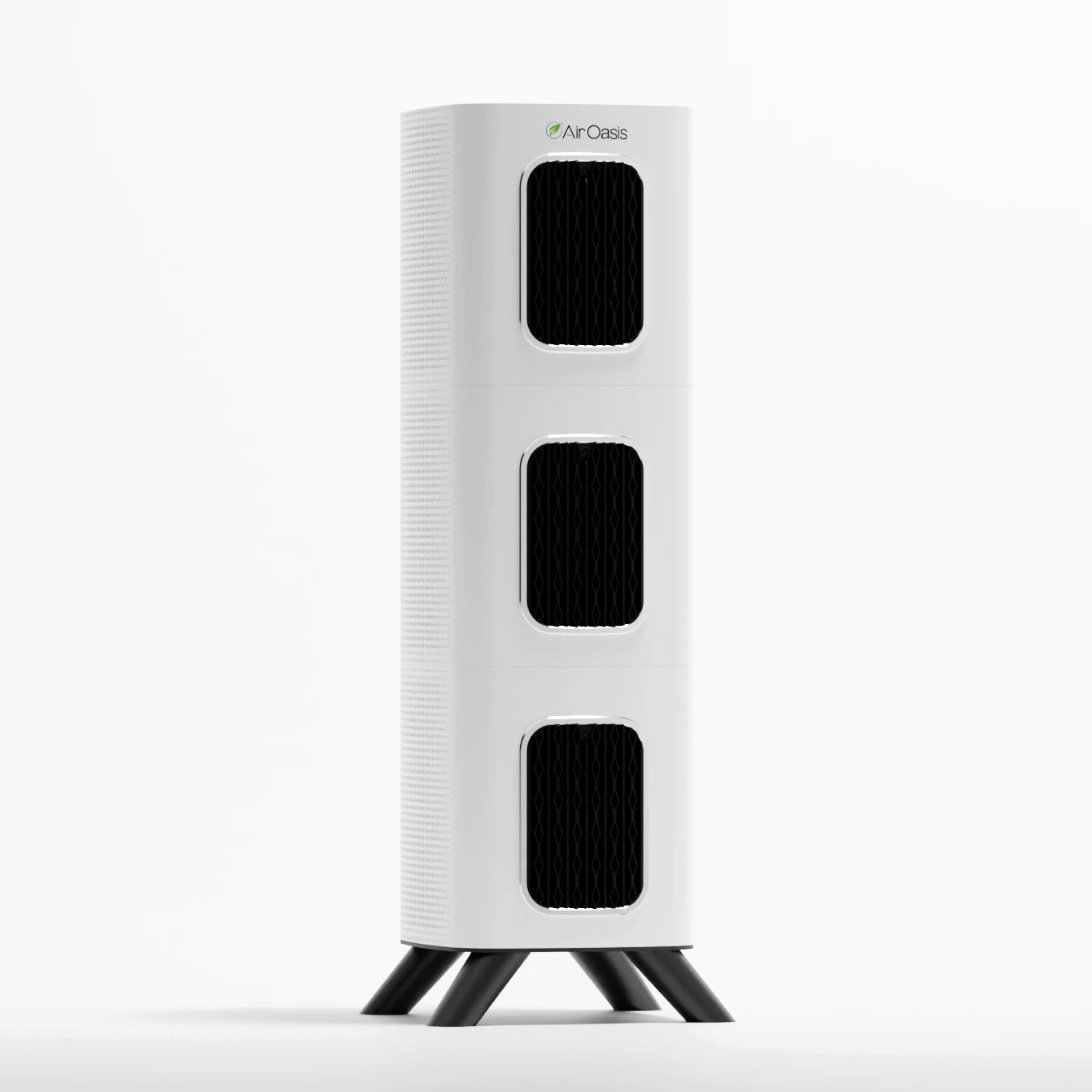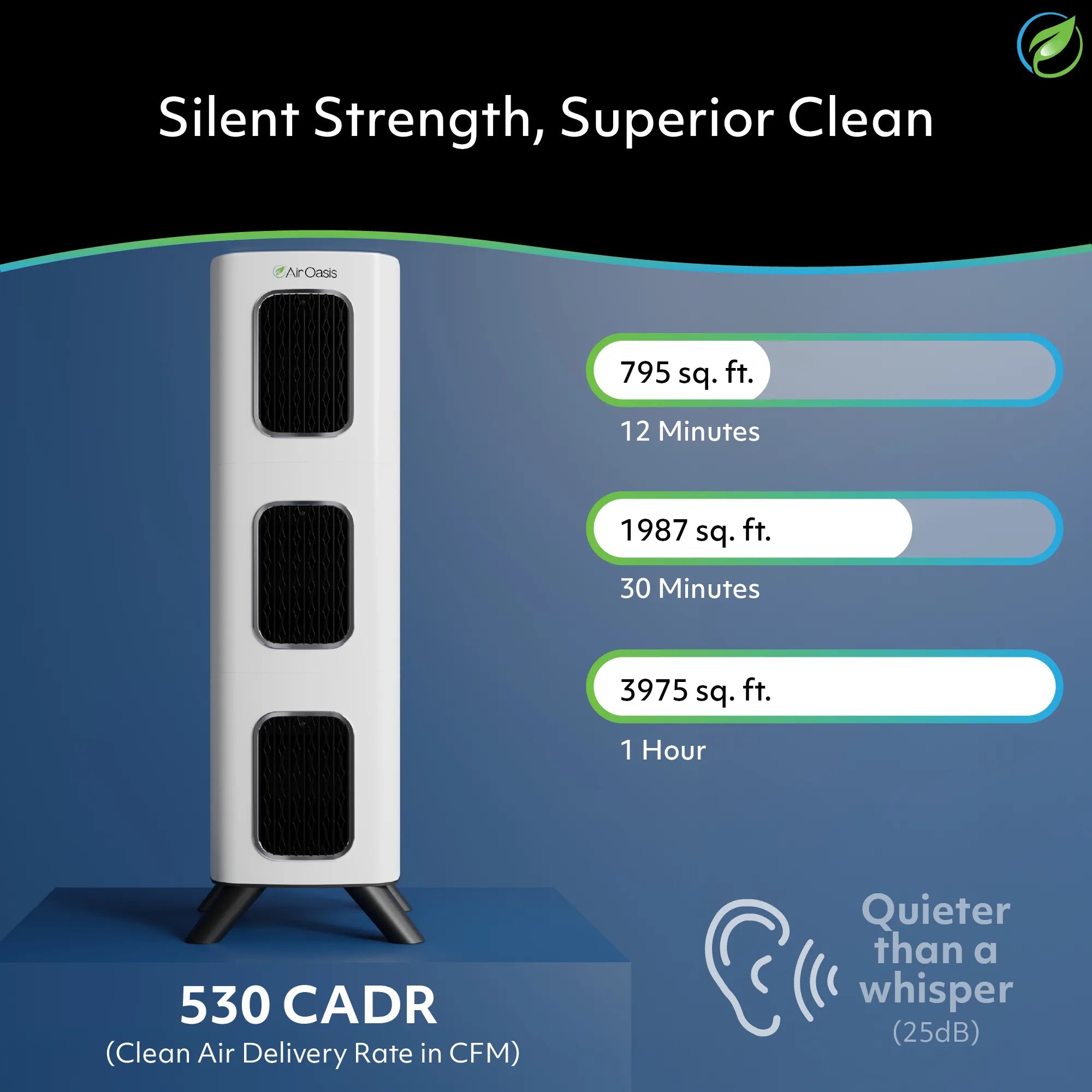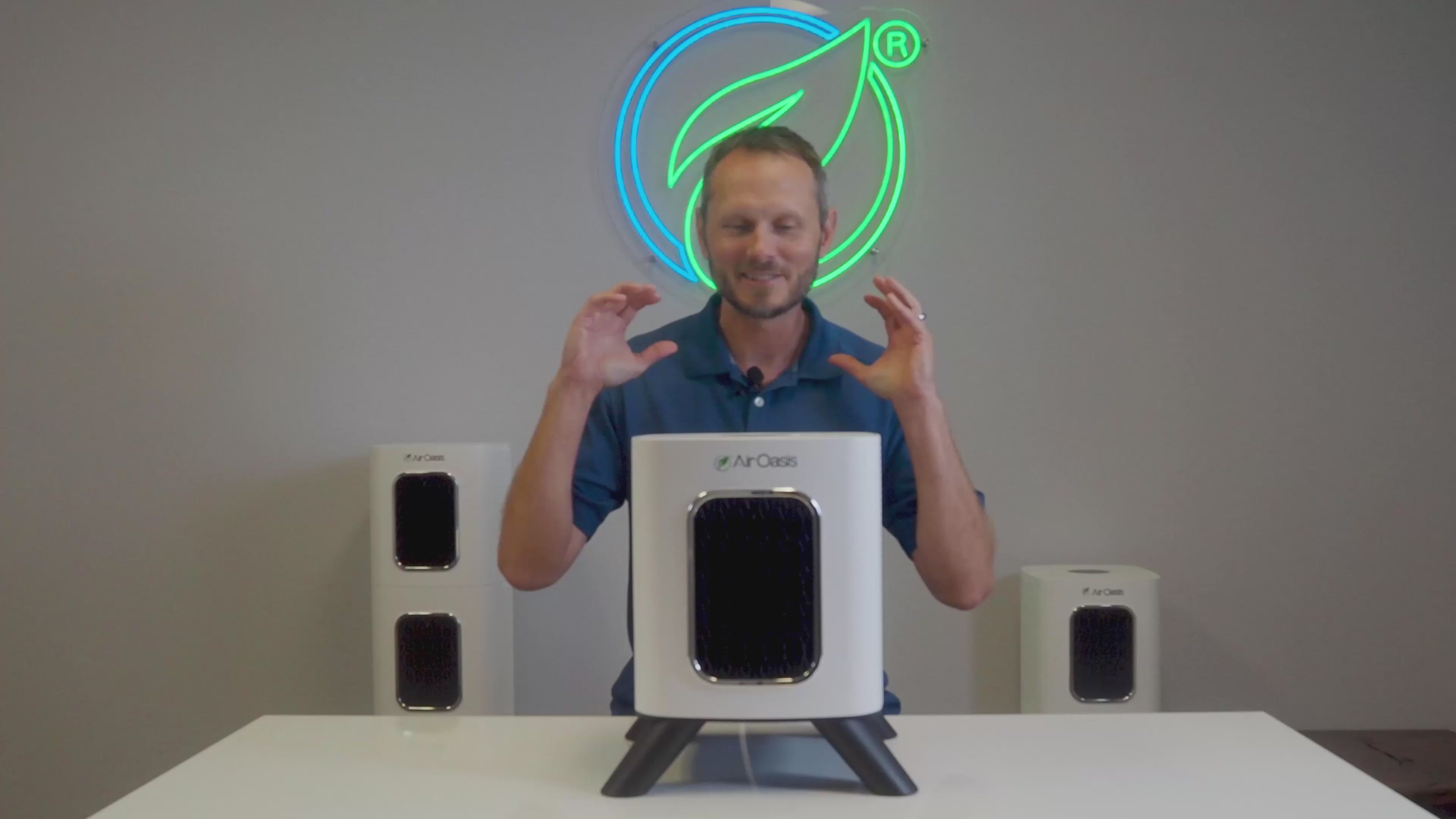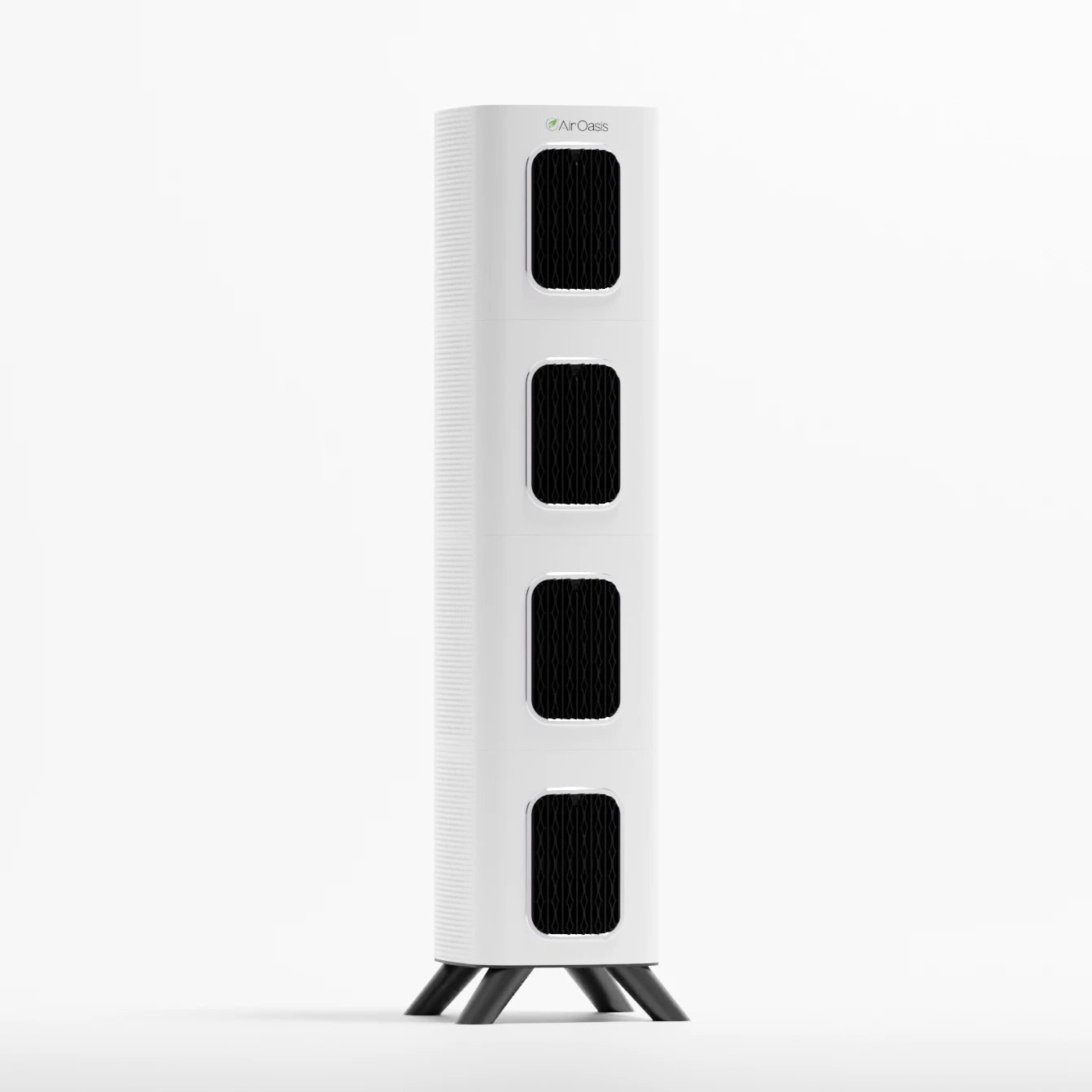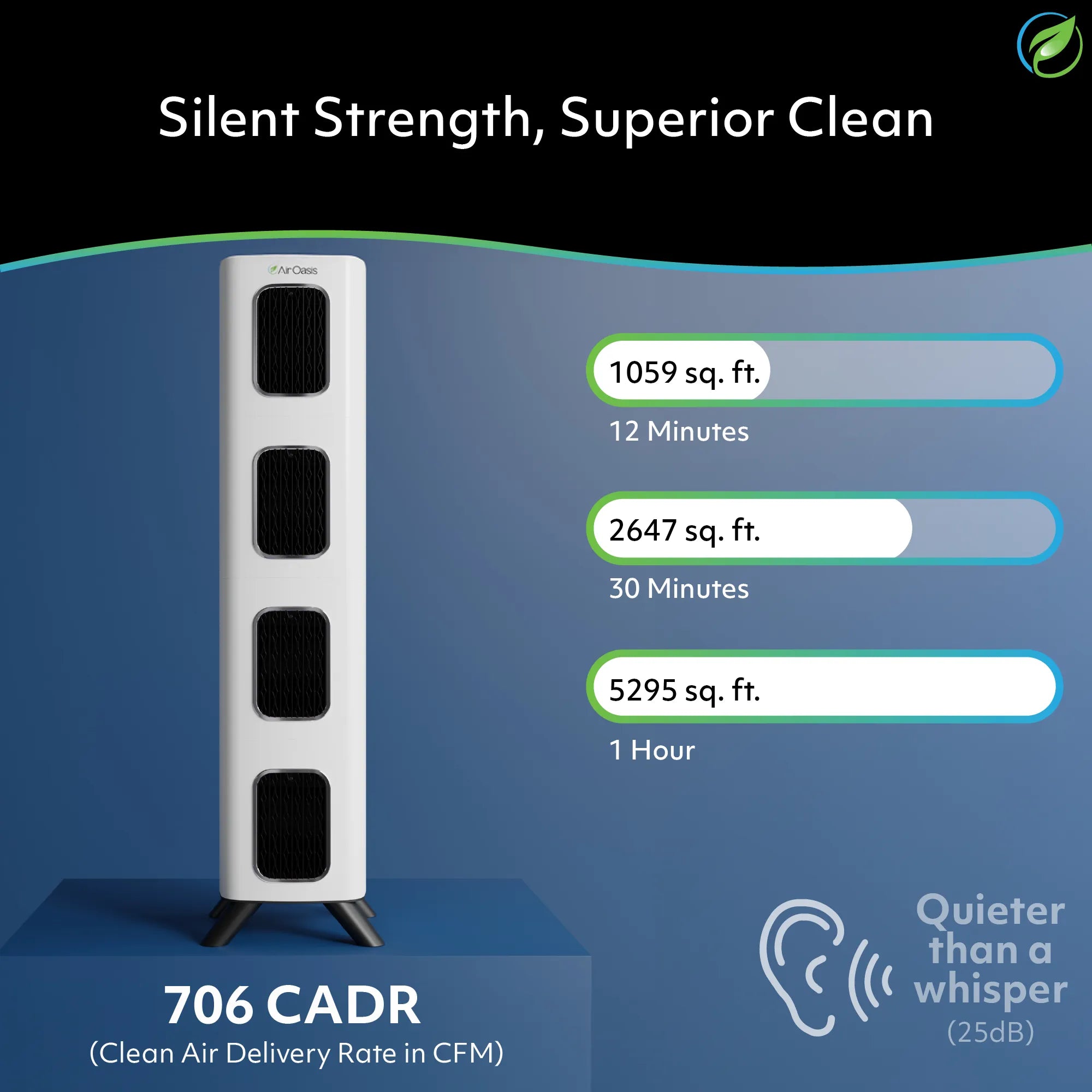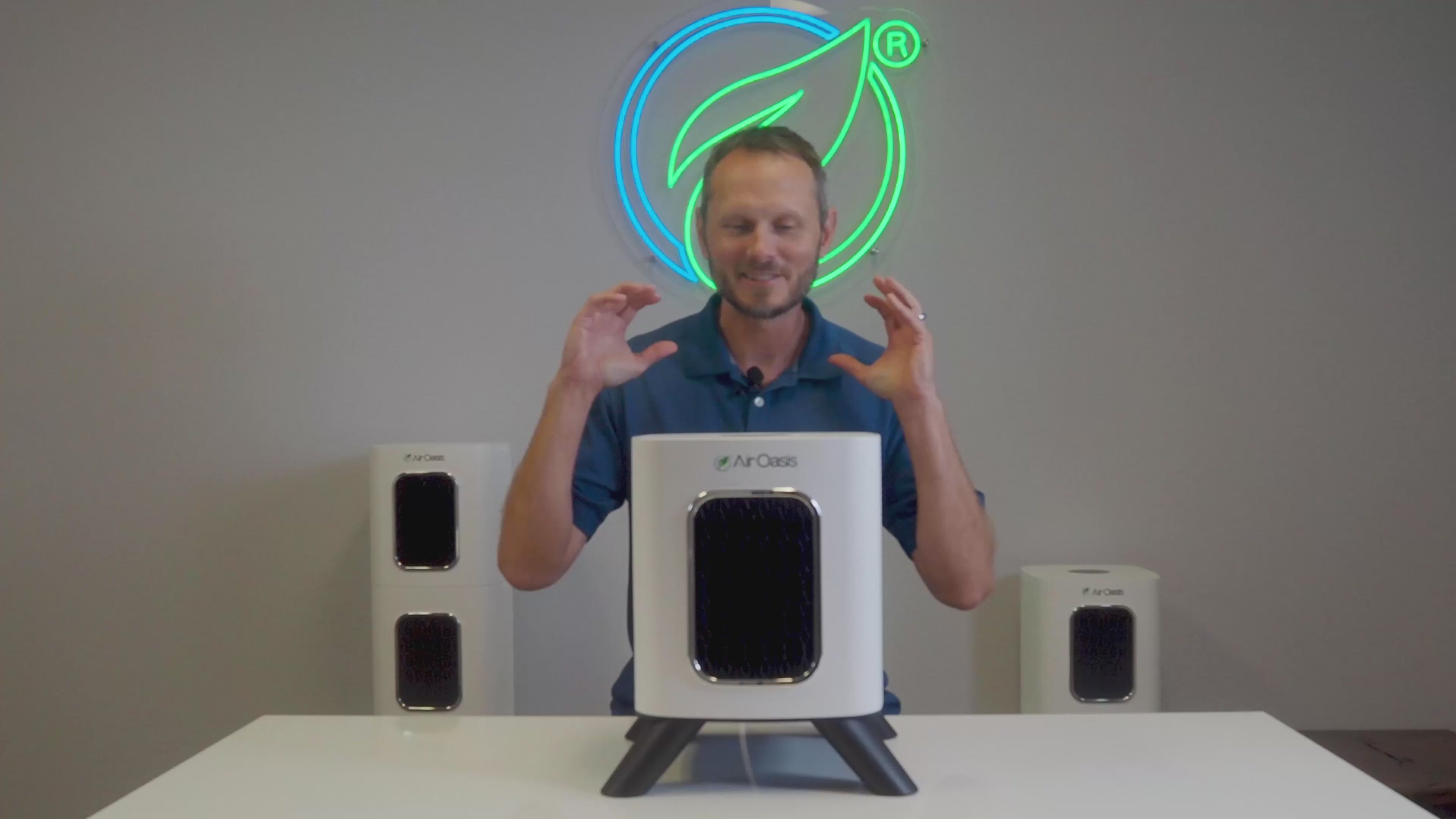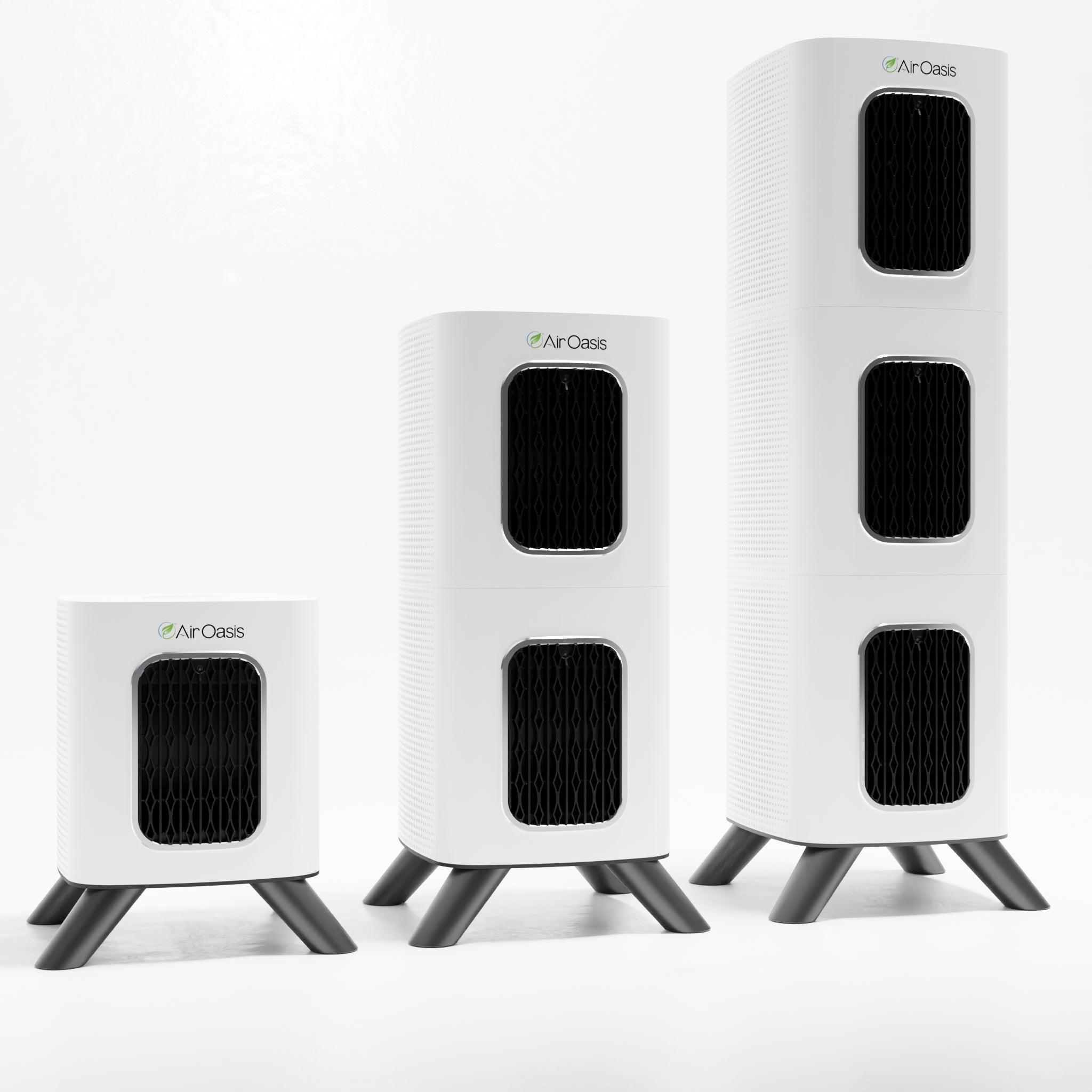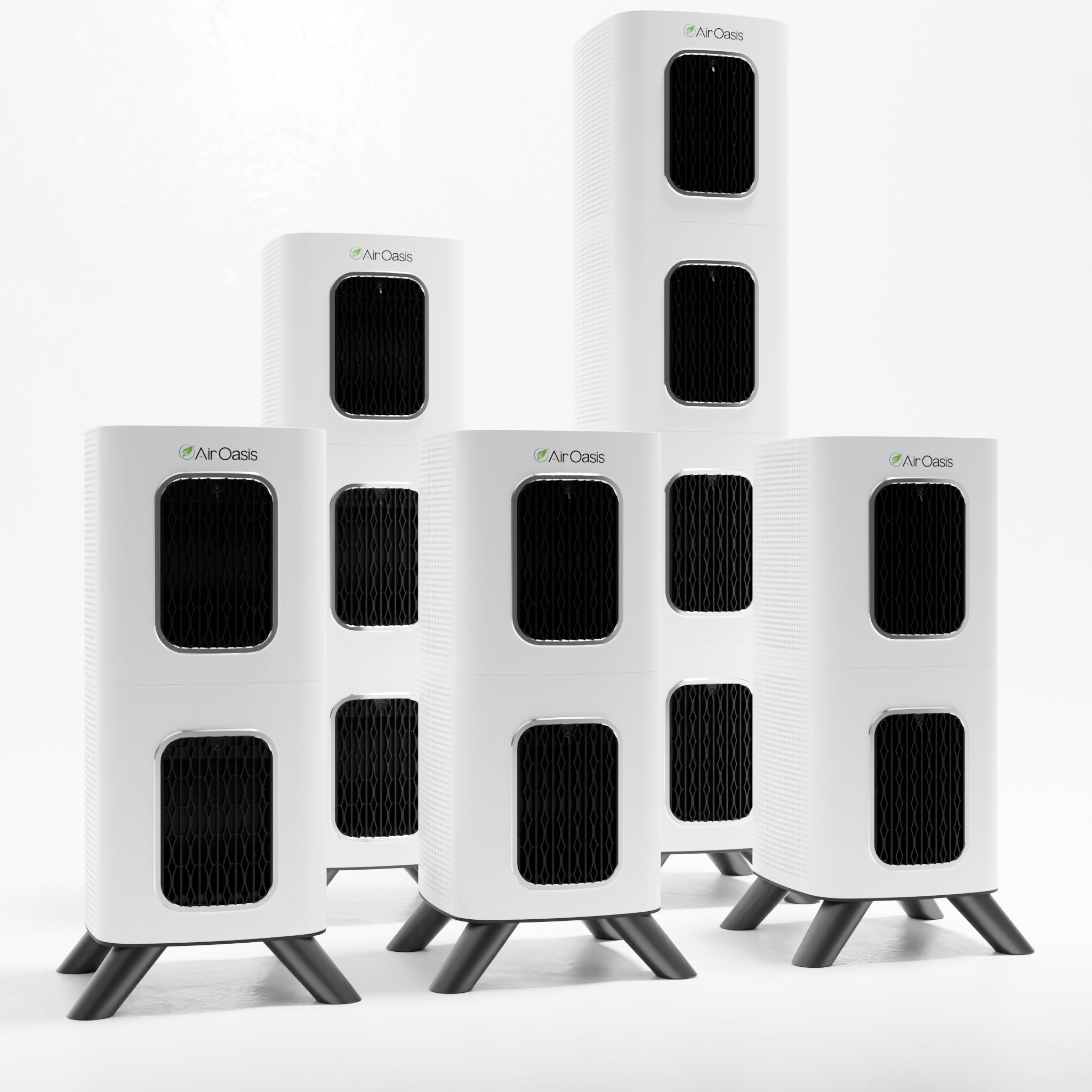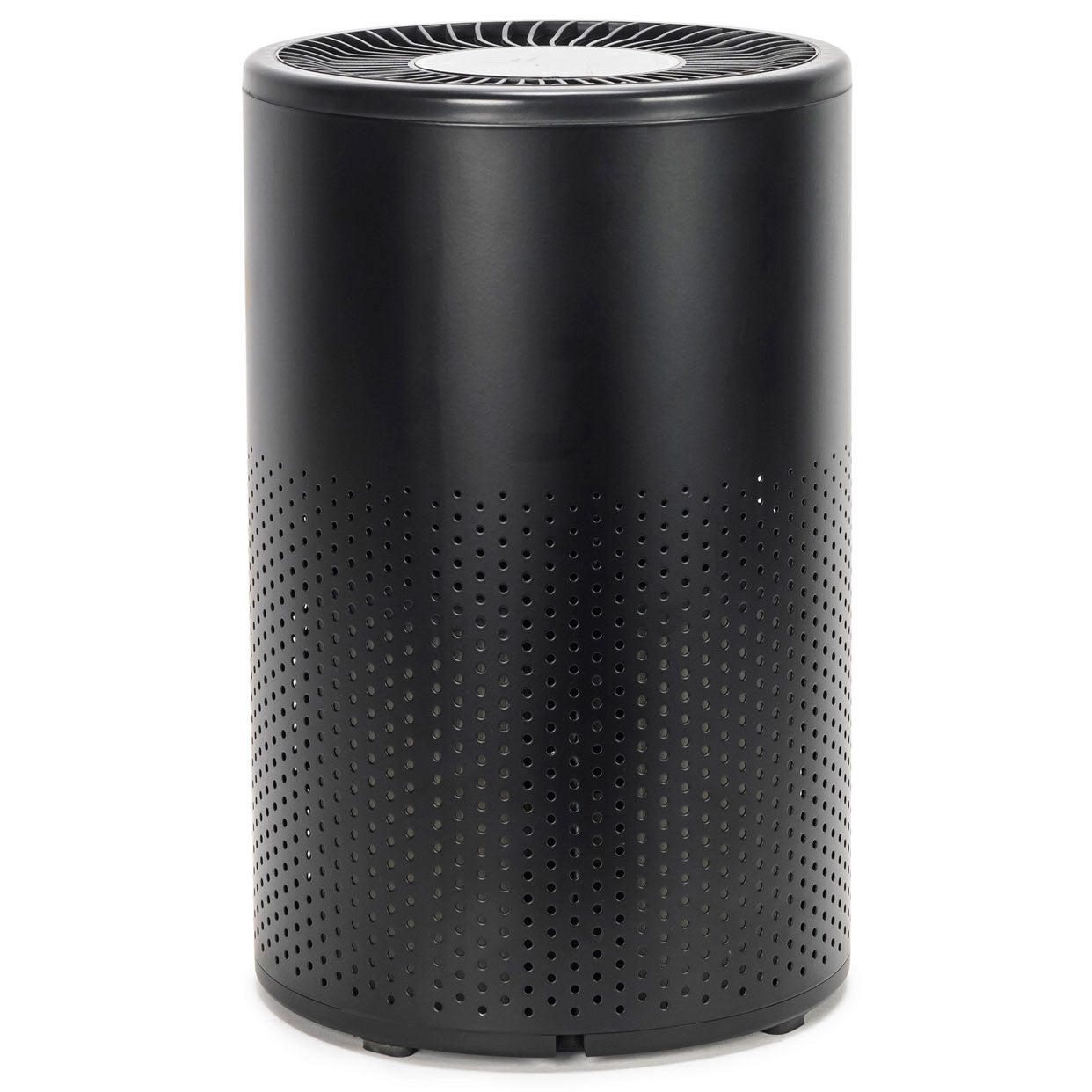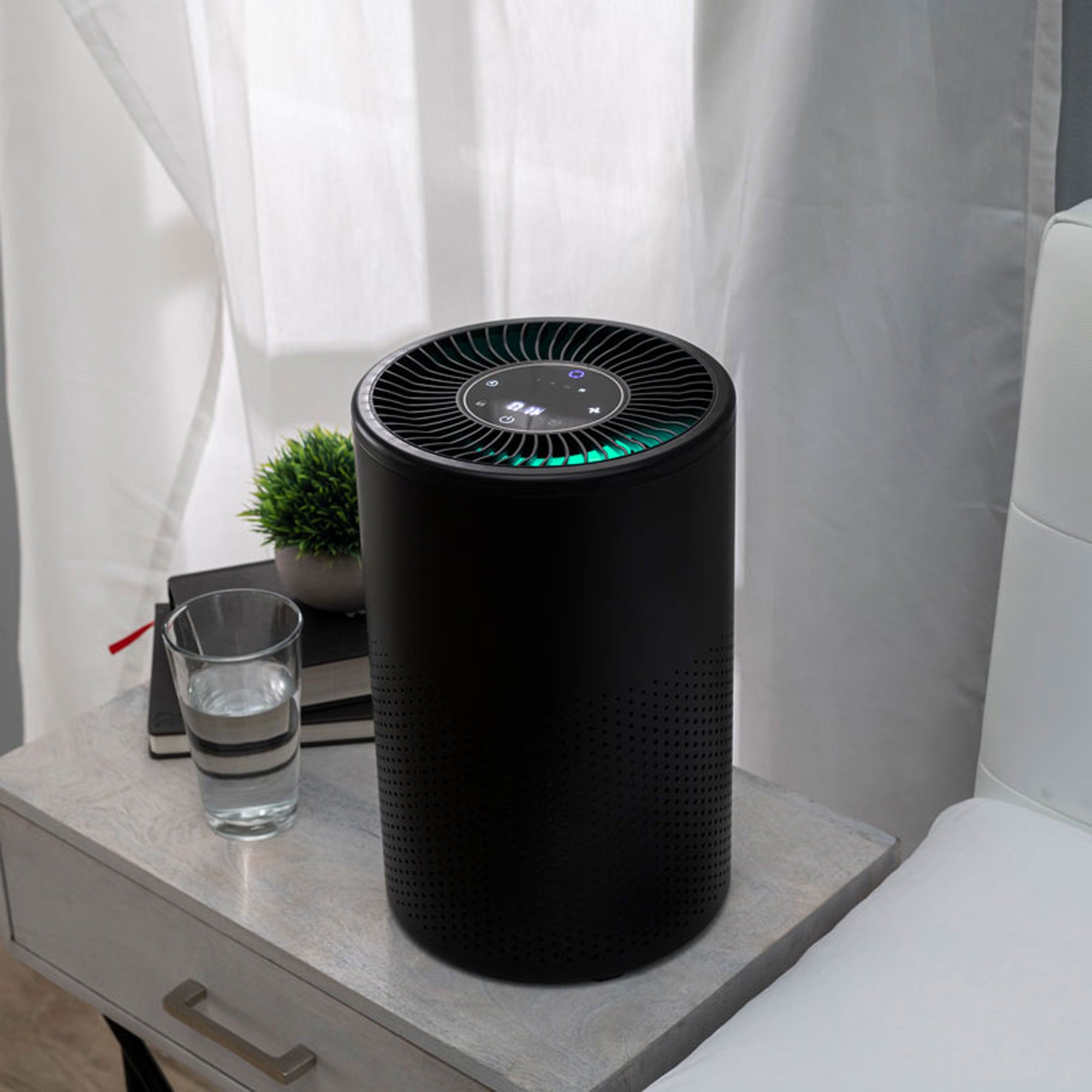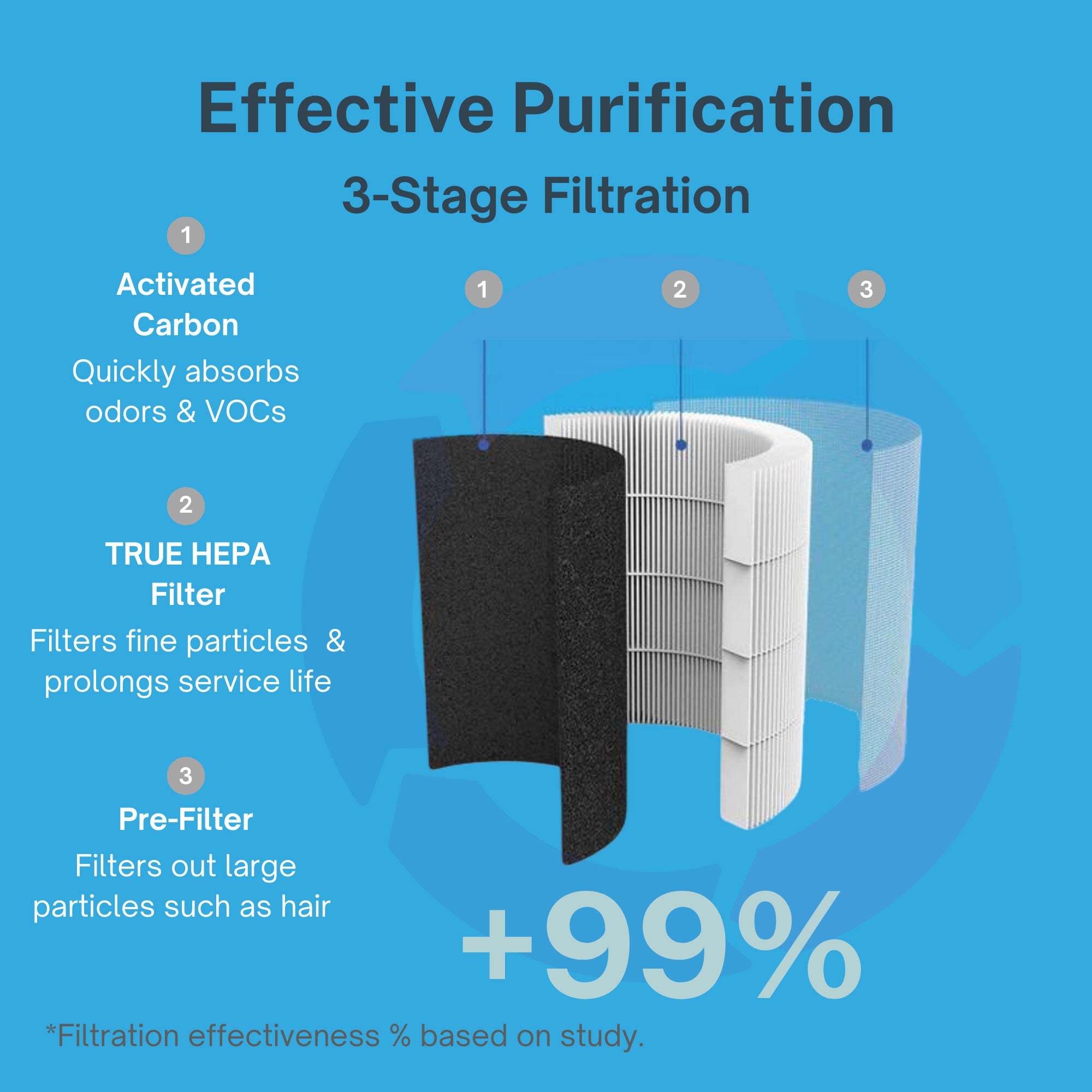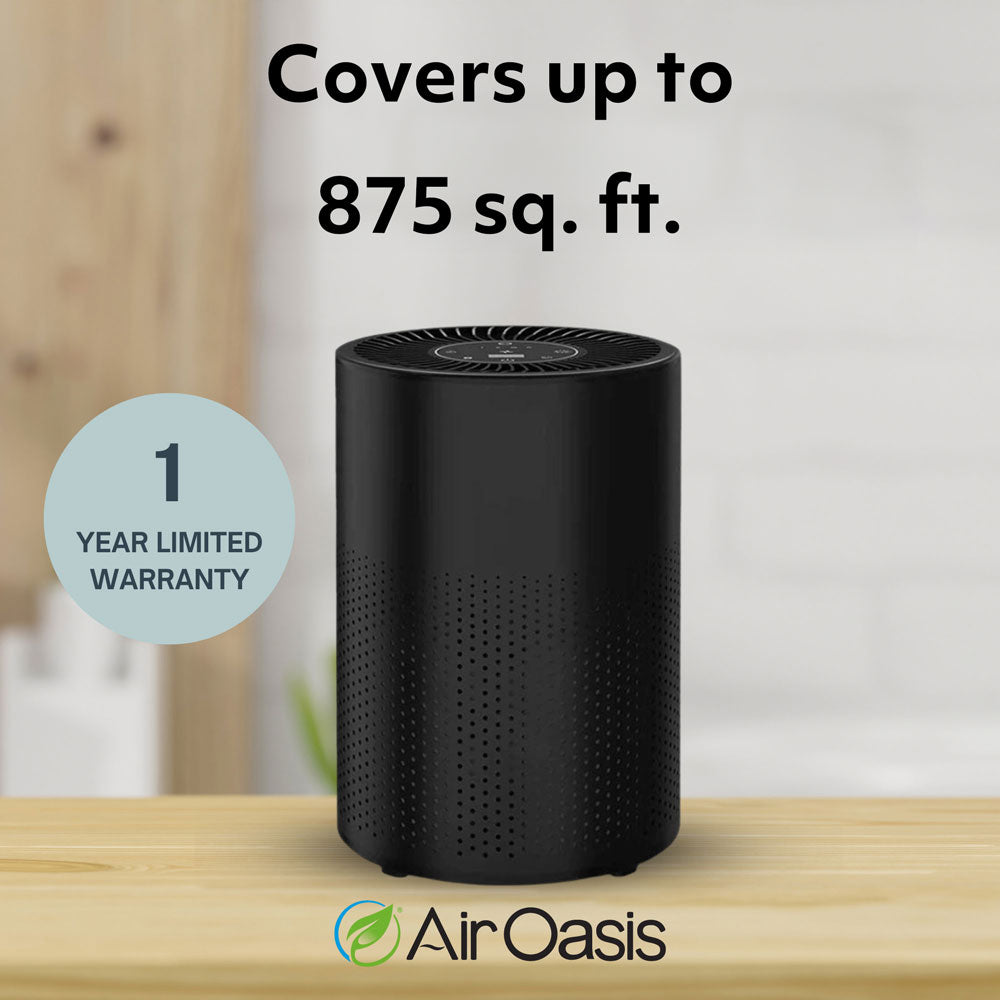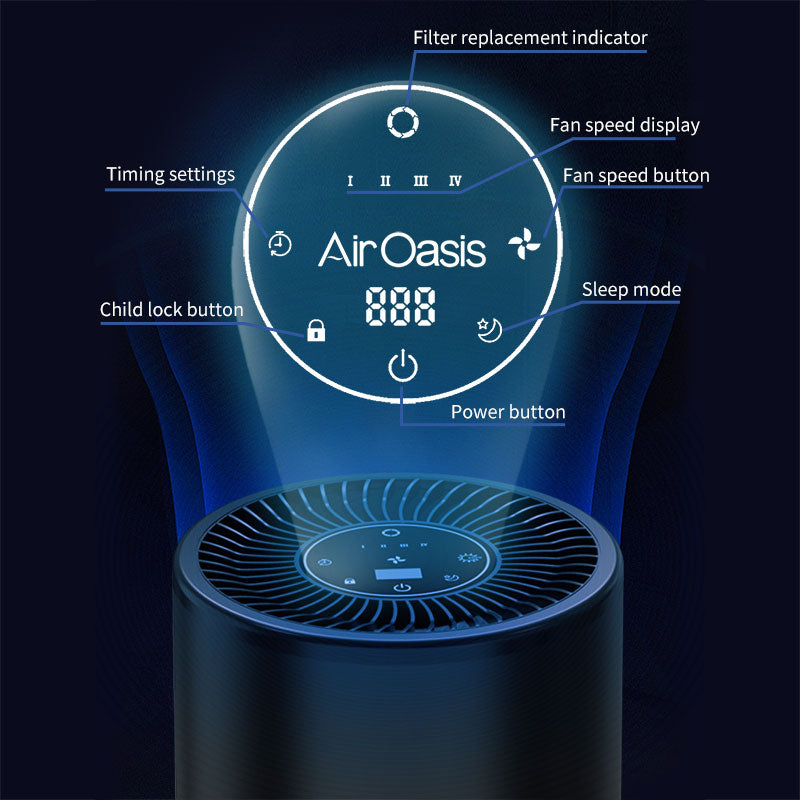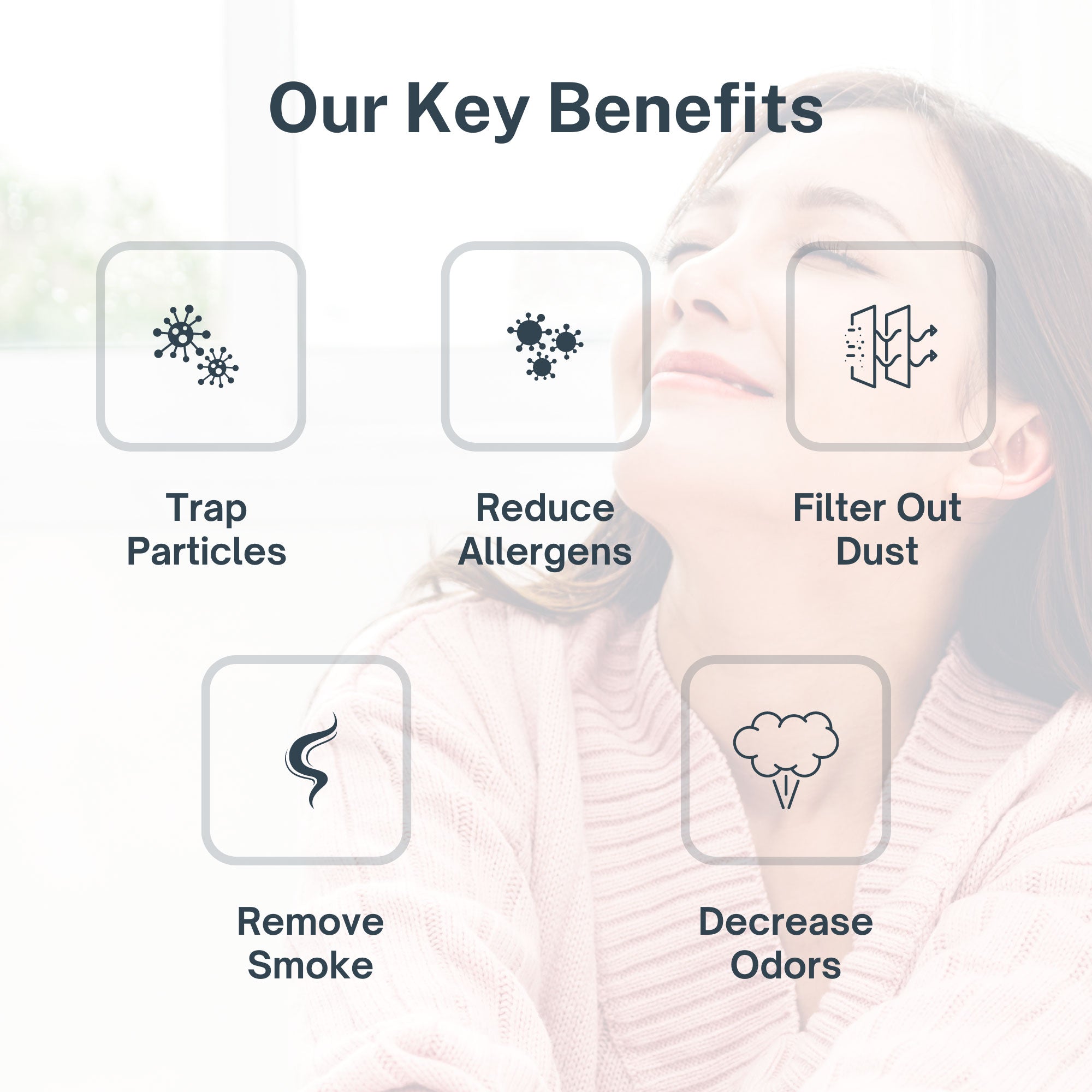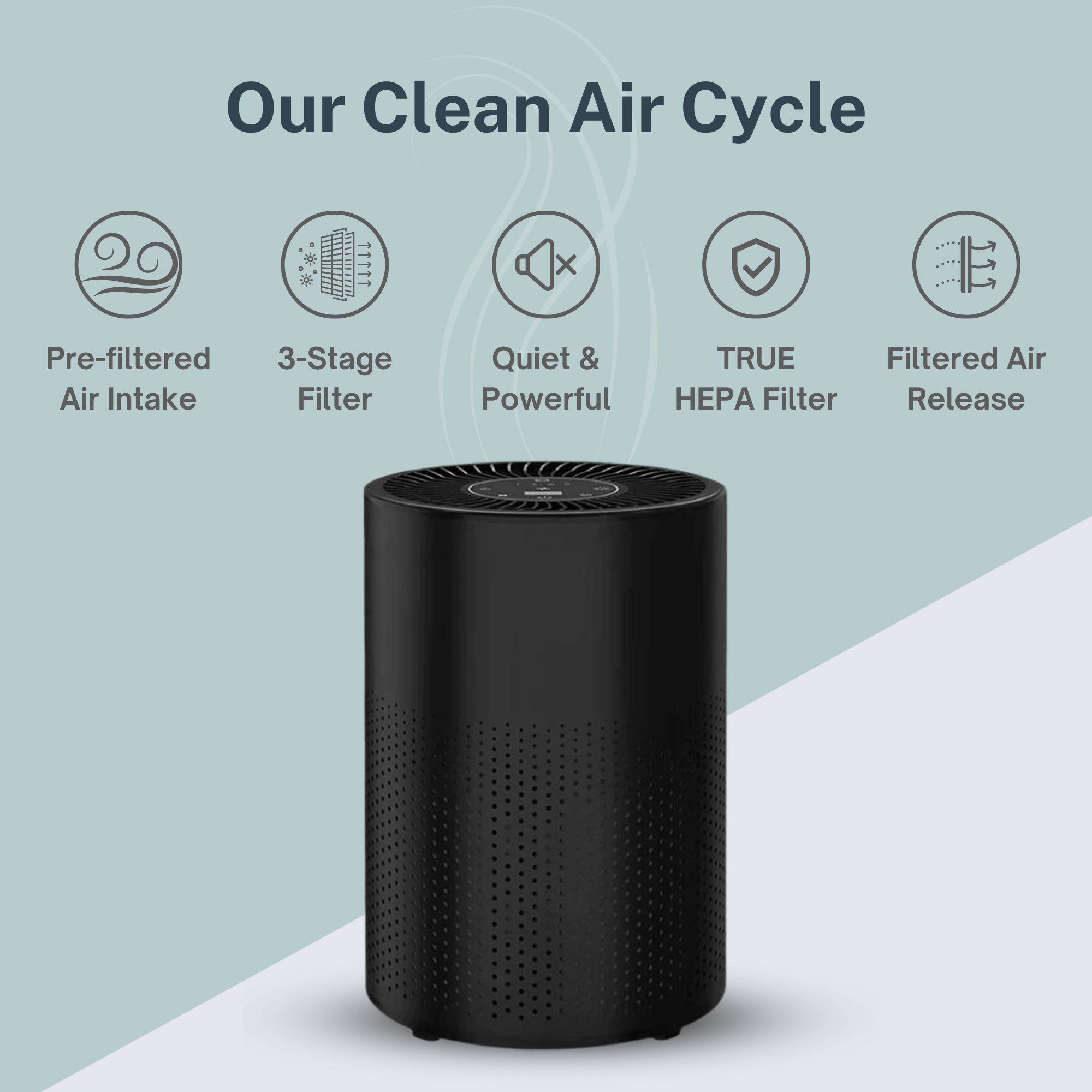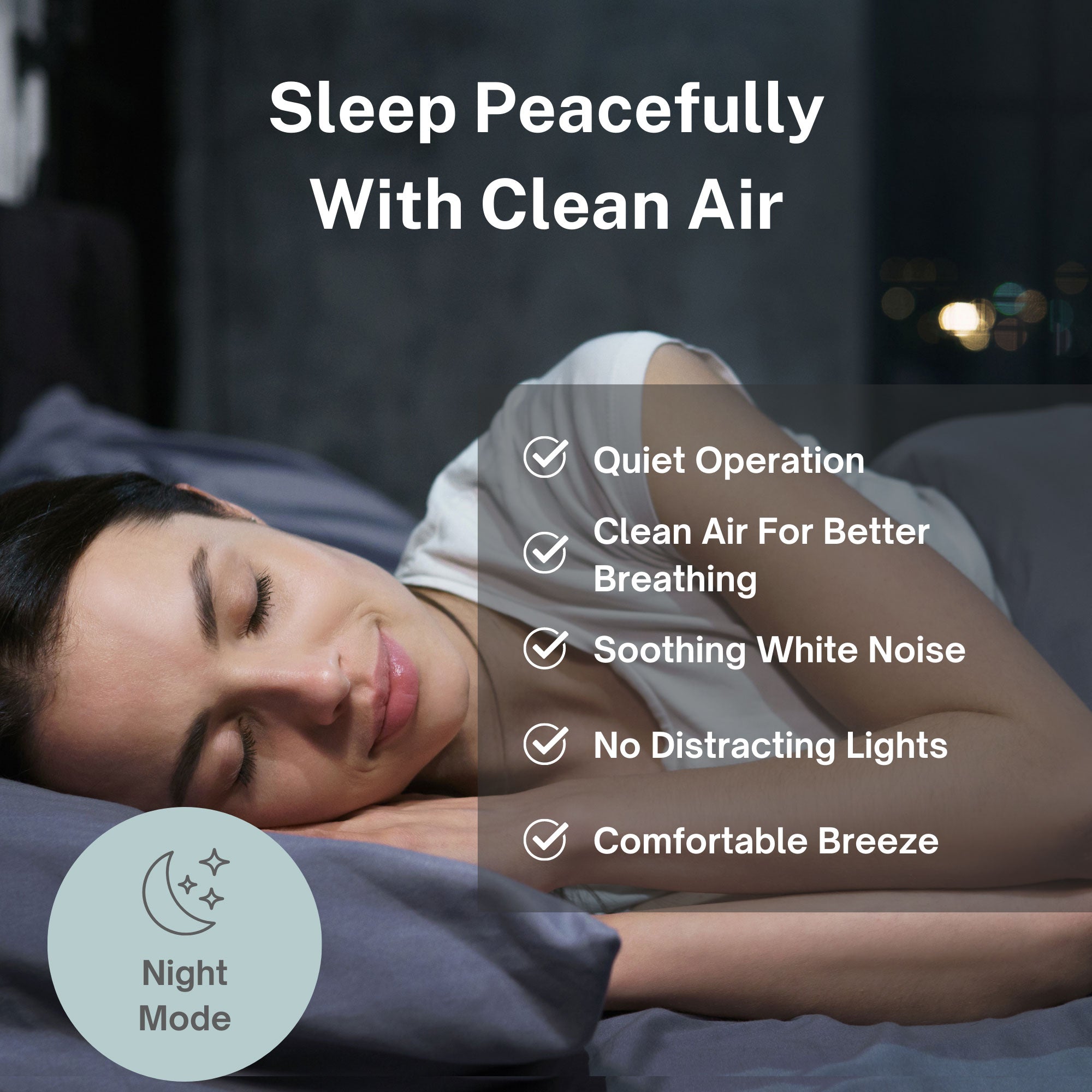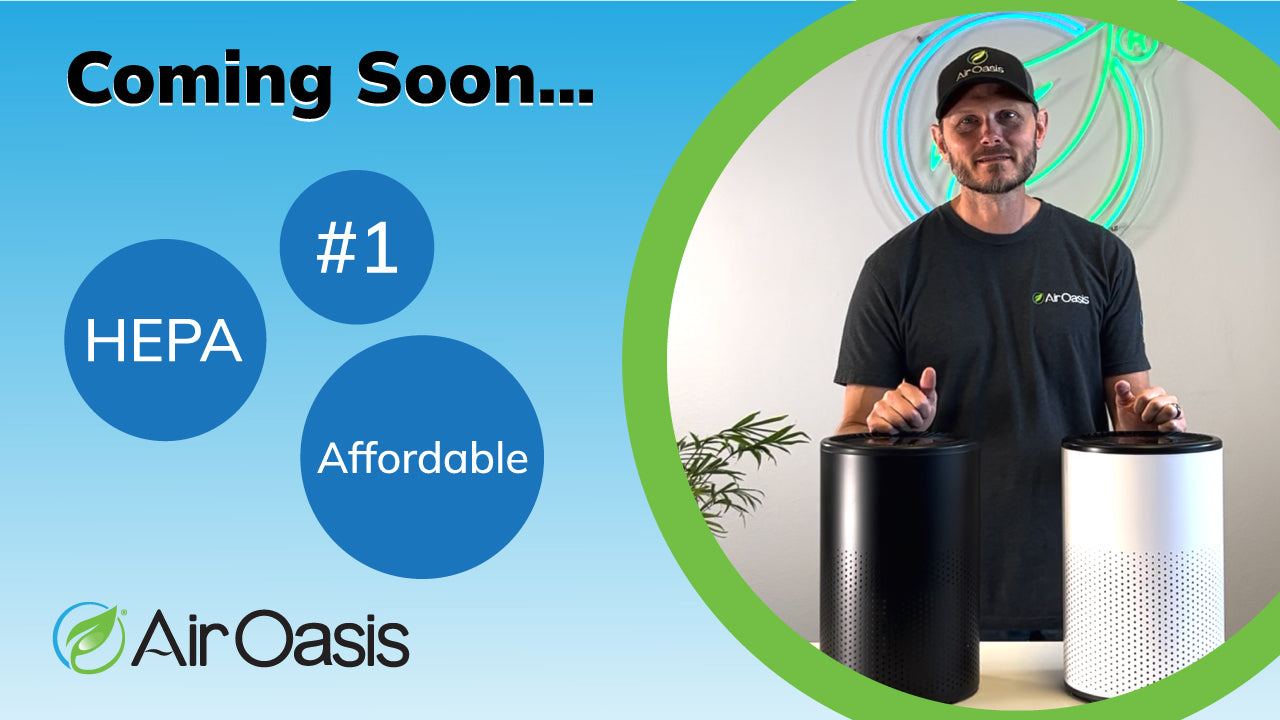The air we breathe has become measurably cleaner over the past three decades, protecting millions of Americans from heart disease, respiratory illness, and premature death. Behind this remarkable public health achievement stands an often-overlooked story of scientific discovery and policy implementation—one that demonstrates how rigorous research directly translates into healthier lives and communities.
The Invisible Threat: Understanding Particulate Matter
Dr. Kevin Teichman, senior science advisor in the EPA's Office of Research and Development and 33-year veteran of the agency, has witnessed firsthand how scientific understanding of particulate matter has evolved and driven policy changes that protect public health both indoors and outdoors.
Particulate matter—microscopic solid particles and liquid droplets suspended in air—represents one of the most significant air quality challenges facing communities nationwide. These tiny particles, often invisible to the naked eye, can penetrate deep into the lungs and even enter the bloodstream due to their minuscule size. Their sources are ubiquitous in modern life: vehicle emissions, power plant operations, industrial processes, wildfires, and tobacco smoke.
What makes particulate matter particularly dangerous is its ability to bypass the body's natural defenses. While larger particles might be filtered by the nose and throat, the smallest particles—especially those classified as PM2.5 (smaller than 2.5 micrometers in diameter)—can travel deep into the lungs and even enter the bloodstream, triggering inflammatory responses that affect multiple body systems.
Groundbreaking Research: The Environmental Tobacco Smoke Assessment
One of the EPA's landmark scientific contributions came through its work on environmental tobacco smoke—commonly known as secondhand smoke. As Dr. Teichman recalls, "I was fortunate to work on EPA's environmental tobacco smoke assessment and that assessment was the first assessment to show that somebody else's smoking was impacting your health."
This pioneering research in the early 1990s represented a significant scientific milestone. While the health risks of active smoking were well-established, the EPA's assessment provided the first comprehensive evidence that passive exposure to tobacco smoke posed significant health risks to non-smokers—including increased risk of lung cancer, respiratory infections, and asthma attacks.
What makes this research particularly remarkable is how it bridged the often-artificial divide between indoor and outdoor air quality. Although the EPA lacked direct regulatory authority over indoor environments, the scientific evidence proved so compelling that it catalyzed sweeping policy changes across multiple sectors. "Although EPA could not regulate indoor air, we were able to contribute to no-smoking policies first in federal buildings, then airplanes, in restaurants and public spaces," Dr. Teichman explained.
This cascade of policy changes demonstrates how sound science can influence public health protection even beyond an agency's direct regulatory authority. By establishing the health risks with rigorous research, the EPA provided the scientific foundation that enabled other entities—from federal agencies to local governments to private businesses—to implement protective measures.
Evolving Standards: Protecting Americans from Ever-Smaller Particles
As scientific understanding of particulate matter advanced, EPA researchers recognized that particle size played a crucial role in determining health risks. Dr. Teichman notes that "as we learn more about the effects of exposures to smaller particles, that standard changed."
This evolution in the National Ambient Air Quality Standards (NAAQS) for particulate matter reflects the agency's commitment to science-based decision-making. When the Clean Air Act was first implemented, particulate matter standards focused primarily on total suspended particles. By the 1980s, research increasingly showed that smaller particles posed disproportionate health risks, leading to the establishment of the first PM10 standard (particles smaller than 10 micrometers) in 1987.
Further research in the 1990s revealed that even smaller particles—PM2.5—penetrated deeper into the respiratory system and posed greater health risks. This led to the groundbreaking 1997 standards that for the first time regulated these fine particles separately from larger ones. Subsequent revisions in 2006, 2012, and beyond have continually strengthened these standards as the scientific evidence for health impacts has grown more conclusive.
This progression illustrates how EPA researchers have consistently pushed the boundaries of scientific understanding, identifying increasingly subtle but significant health risks that previous generations of scientists lacked the tools to measure or understand.
Comprehensive Approach: From Sources to Solutions
What distinguishes the EPA's work on particulate matter is its comprehensive approach spanning the entire environmental health continuum. As Dr. Teichman emphasizes, "scientists at EPA have contributed to a better understanding of particulate matter sources, exposures, health and welfare effects, and control technologies."
This holistic approach means EPA researchers don't just identify problems—they help develop solutions. By understanding the sources of particulate pollution, researchers help policymakers target the most significant contributors. By measuring exposures across diverse populations and settings, they identify who faces the greatest risks. By documenting health effects through epidemiological studies, clinical research, and toxicological investigations, they establish the scientific basis for protective standards. And by advancing control technologies, they help make pollution reduction technically and economically feasible.
This comprehensive scientific foundation ensures that air quality regulations stand on solid ground—capable of withstanding both technical scrutiny and legal challenges. The result has been remarkably successful: between 1990 and 2020, concentrations of PM2.5 dropped by 41% nationwide, even as the U.S. economy, population, and energy consumption grew substantially.
Measurable Impact: Lives Saved and Health Protected
The real measure of EPA's scientific contributions lies in their human impact. "This science has helped protect people across the nation from heart and lung disease, from heart attacks and respiratory illness," Dr. Teichman notes.
The health benefits of reduced particulate matter exposure are substantial and well-documented. EPA's own analysis estimates that the Clean Air Act Amendments of 1990 prevented approximately 230,000 premature deaths in 2020 alone, with the vast majority of these benefits coming from reductions in particulate matter. The economic value of these health improvements reaches into the trillions of dollars—far exceeding the costs of pollution controls.
Beyond these aggregate statistics lie countless individual stories: the child who doesn't develop asthma, the senior who avoids a heart attack, the family that doesn't lose a loved one prematurely. These personal health impacts, multiplied across millions of Americans, represent the true legacy of EPA's scientific contributions.
Looking Forward: New Challenges and Continuing Research
While significant progress has been made in reducing particulate matter pollution, important challenges remain. Climate change is increasing the frequency and intensity of wildfires, creating episodic particulate matter surges that can blanket entire regions in harmful smoke. Growing evidence suggests that even levels of particulate matter below current standards may cause adverse health effects in sensitive populations.
Furthermore, the benefits of cleaner air haven't reached all communities equally. Low-income neighborhoods and communities of color often experience higher particulate matter exposures due to proximity to industrial facilities, transportation corridors, and other pollution sources—highlighting the importance of environmental justice considerations in future research and policy development.
EPA scientists continue to advance understanding in these areas, deploying new monitoring technologies, improved modeling techniques, and innovative study designs to address these evolving challenges. As with past breakthroughs, today's research will likely form the foundation for tomorrow's protective policies.
Creating Cleaner Indoor Environments: The Personal Protection Approach
While EPA research has dramatically improved outdoor air quality, many Americans remain concerned about their indoor environments, where people typically spend 90% of their time. The agency's groundbreaking work on environmental tobacco smoke demonstrated that indoor air quality significantly impacts health, even though direct regulatory authority in this area is limited.
For individuals concerned about particulate matter in their homes, advanced air purification technology offers a personal approach to creating healthier indoor environments. High-efficiency air purifiers with HEPA filtration can remove up to 99.97% of airborne particles as small as 0.3 microns—including many of the fine particles that EPA research has identified as most harmful to health.
Multi-stage air purification systems that combine HEPA filtration with additional technologies can provide comprehensive protection against both particulate matter and gaseous pollutants. During high pollution events like wildfire episodes or high pollen days, these systems create protected indoor environments where vulnerable individuals can breathe more easily despite outdoor conditions.
A Legacy of Science-Based Protection
As Dr. Teichman reflects on his three decades at EPA, his pride in the agency's scientific contributions is evident: "As I look back, I am very proud of the contributions EPA and in particular Office of Research and Development scientists and engineers have made to informing impactful policies that protect the American public, protect the environment both indoors and out in the case of particulate matter."
This sentiment captures the essence of EPA's scientific mission—not simply to advance knowledge for its own sake, but to generate the actionable insights that translate into cleaner air, healthier communities, and protected environments. The agency's work on particulate matter exemplifies how rigorous, objective science can drive tangible improvements in public health protection.
For communities nationwide, the benefits of this scientific legacy are breathed in with every lungful of cleaner air—an invisible but invaluable public health achievement that continues to save lives and improve health across generations.
If you're concerned about particulate matter in your home or workplace, shop Air Oasis today to find the air purification solution that best fits your needs and helps you breathe easier.





